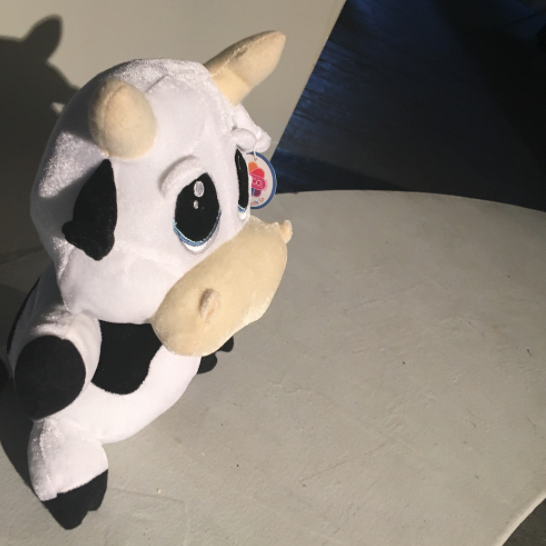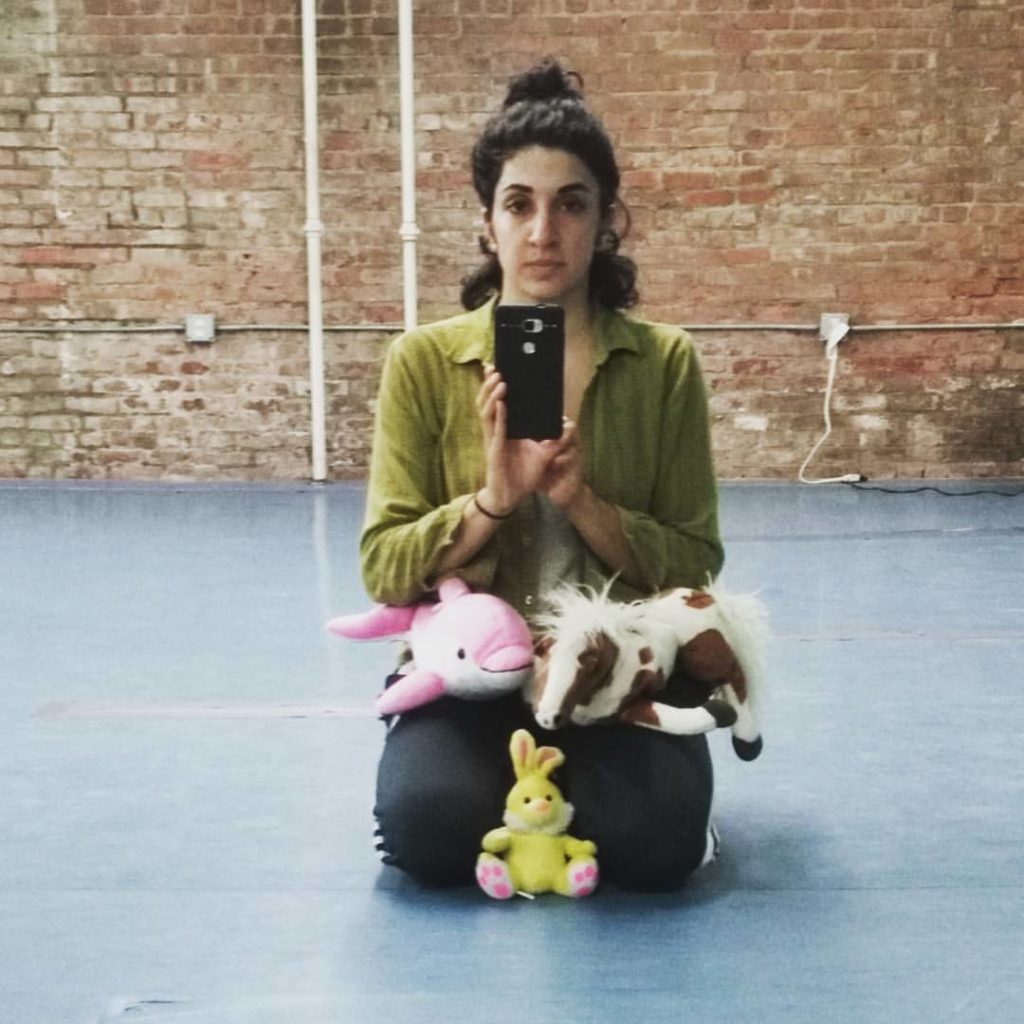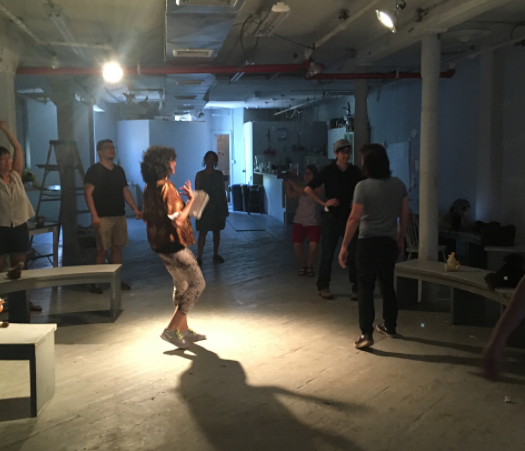Animal Aerobics
The following is a brief reflection on a performative experiment that took place as part of Animal Aerobics Experiments, Just Situations: A performative convention, Sunday, July 16, 2017, Grace Exhibition Space, Brooklyn, New York
INTRODUCTIONS
We sit in a circle, us humans, with stuffed animal interspersed between. There is a dolphin, a horse, a gorilla, a cow, a (tropical?) bird, and a yellow bunny. Taking turns, we each speak for one (1) minute about any topic of our choosing. I begin, nervously, and talk about my day. As we go around, topics and themes seem to circulate and re-emerge as people/animals listen to each other and respond.
Each time we reach a stuffed animal entity in the circle, we offer the same one minute of time. An absurd gesture towards equality? A moment of somber consideration? A question pointing towards agency for the human, the animal and the object?
What does it feel like to be with an object, and not any object but one that resembles or caricatures a living animal? It is as though we are twice removed: the first degree of separation between from human to animal, and the next from living entity to object.

And yet, as we go around the circle, we all respectfully offer the gorilla, the bird, the cow one minute to “speak.”

STORY TIME
Circle time leads to story time. I stand amongst the human and the (stuffed) animals and read “Mr Tiger Goes Wild,” a children’s book by Peter Brown. The irony is impossible to miss. Mr. Tiger is a tiger who becomes bored by the excessive held-togetherness and propriety of his community. He decides to “go wild,” giving up his suit and top hat and fully exposing his striped fur coat. After some time in the wilderness, Mr. Tiger becomes lonely and returns to a city where, it seems, he has gained some followers. Upon his return, his fellow city-dwelling animals have found a happy medium between “tame” and “wild.”
Animals living in a city dressed in top hats and suits, having tea. A tiger going “wild” means leaving the city for the jungle. Peter Brown plays out many of our human dichotomies between the natural and the human. We briefly discuss the inconsistencies and strangeness of the story before reaching the embodied portion of the workshop.
ANIMAL AEROBICS
Images of various animals projected on the wall pass us by, and become impetus and inspiration for movement.
I see Cheetah; I feel the power stored in the fold of hind legs, from paw, to knee, to hip socket. I imagine what it would be like to push off the ground as the Cheetah might, swiftly leaping forward only to gather up my legs beneath me and start again. I notice that I can only barely imagine what it would truly be like; how fast I would really go.
I see Lemur; I notice the way she is hanging by her arms in the photograph. What would it be like to have such weighted, long arms from which I could hang and swing? As I move and bounce around the room, I sense the free-ness of shoulders that comes with this imaginary. My eyes get bigger, like the Lemur’s, imagining that I appear as wide-eyed as she does.
I see Starfish; I move into a static sensation, spreading my legs and arms and head as the five limbs of the star. I attach to wall or floor, closing my eyes, I sense the heft of my body, if I were a Starfish. Water would surround; does my skin breathe?
And so on and so forth, we watch the images of these animals pass us. Before long, sweating from our efforts in “becoming” another animal, for brief moments. Somehow, in touch with our sweaty, creative, effort-oriented humanity as we choose to take on the bodies of these animal others.
